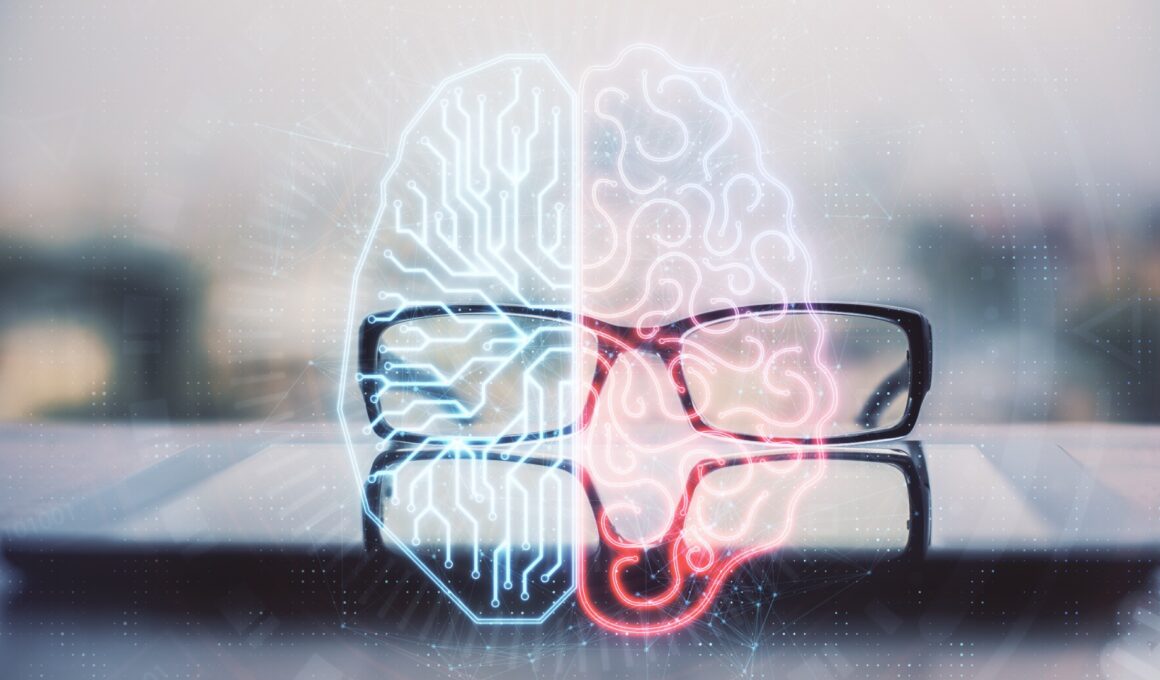The idea of being able to multitask and perform two different tasks at once is one that’s naturally very appealing to us in an age where productivity and high output are rewarded and there is constantly more to do. We spend all day at work snowed under with more tasks to complete than we stand any chance of finishing, and then we come home to find ourselves torn between phoning the energy company, catching up with friends and cooking dinner. There’s just too much to do and not enough time to do it, so it would be amazing to be able to do more than one job at once.
Unfortunately though, studies have shown in countless instances that your brain can’t really multitask. When you think you’re multitasking, what you’re really doing is ‘serial tasking’. That means that your brain is lining tasks up and very quickly switching between one and the other. Even someone who is very good at this serial tasking will still take longer to switch tasks and will still be slower at completing work that way. Ironically you’d almost always complete your work faster if you didn’t multitask at all, but instead focussed on just one job at a time and worked through them in order.
This is even true for seemingly unrelated tasks. Think it’s safe to speak on the phone while you drive? Well actually you’re dividing your attention which still takes up energy and concentration meaning that you will still be slightly less effective at both tasks and more likely to have an accident.
But recent research has found that there is one exception to this rule and one situation in which the brain is naturally actually very good at multitasking. And that is: when you read a menu…
First a Bit About the Eye…
When you read a menu your brain will naturally use two parts of the eye. These are the foveal spot and the peripheral vision. The foveal spot is the name of the small indent in the back of the eye where the majority of our rods and cones are located. The rods and cones are what react to light by causing nerves to fire in the visual part of our brain. Because the rods and cones are concentrated in this area, we are actually able to see much more clearly and in much more detail with this central point of the eye.
Around the edges of the foveal spot though we still have rods and cones for seeing, they’re just more spaced apart and have a lower resolution. That’s why you don’t see any black spots in your vision, but you still need to look around in order to take in a whole room.
How You Scan a Menu
Now when you read a menu, you will use your foveal spot for reading, and when you look at each item to read it that is how you will see in enough detail to do so. But what you’ll also find is that you don’t naturally read ‘down’ a menu in the same way that you would read down this article – instead you glance around the menu from one spot to another. And your brain knows which part of the menu to look at next because it’s actually using information from your peripheral vision to identify interesting items while you use your foveal spot to read the current item. Researchers have designed studies to find out whether this form of multitasking slows down our reading speed and have found that that’s not actually the case.
This is a form of multitasking that is incredibly useful in a range of other situations too. This is also what allows us to notice things happen in our peripheral vision for instance so that we can dodge things coming towards us that we might not otherwise have noticed.
So while you can’t multitasking by doing your work while speaking on the phone – unless you want the quality of your output to be drastically diminished – you can multitask with your vision which allows you to focus on one thing while still monitoring other elements in your peripheral vision. I guess now it’s time for you to think about how that might be useful for your productivity.




